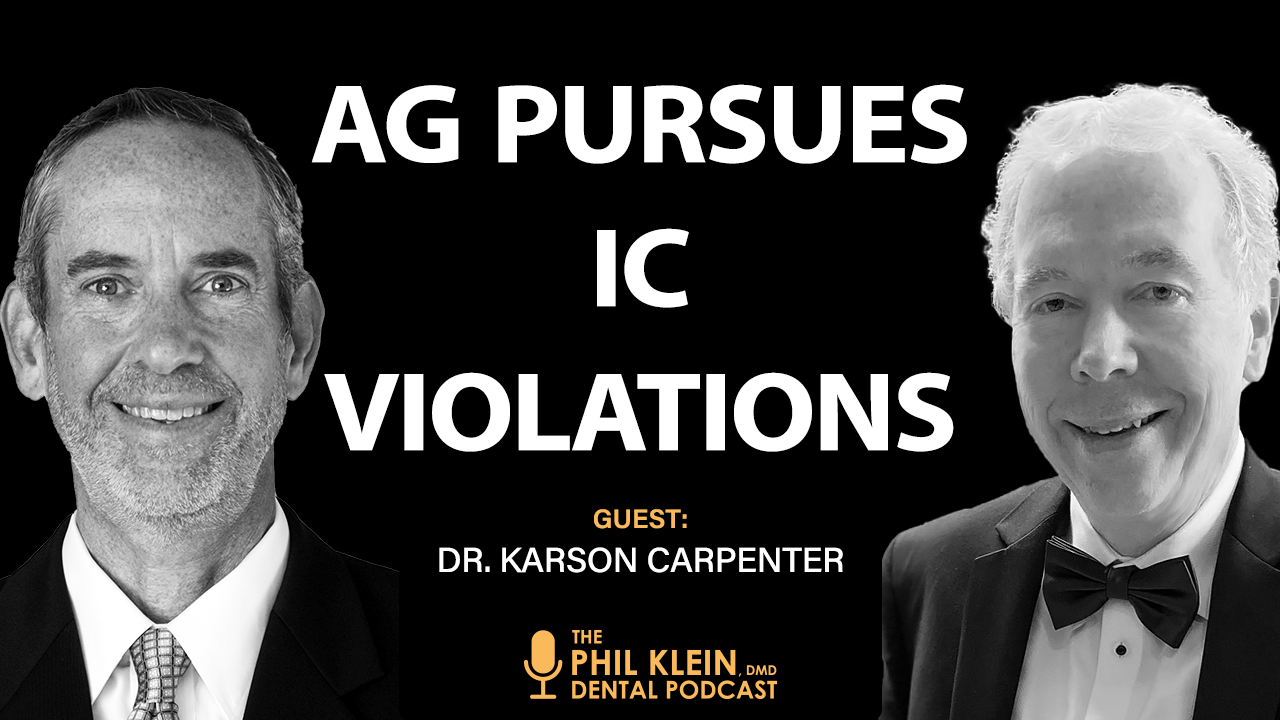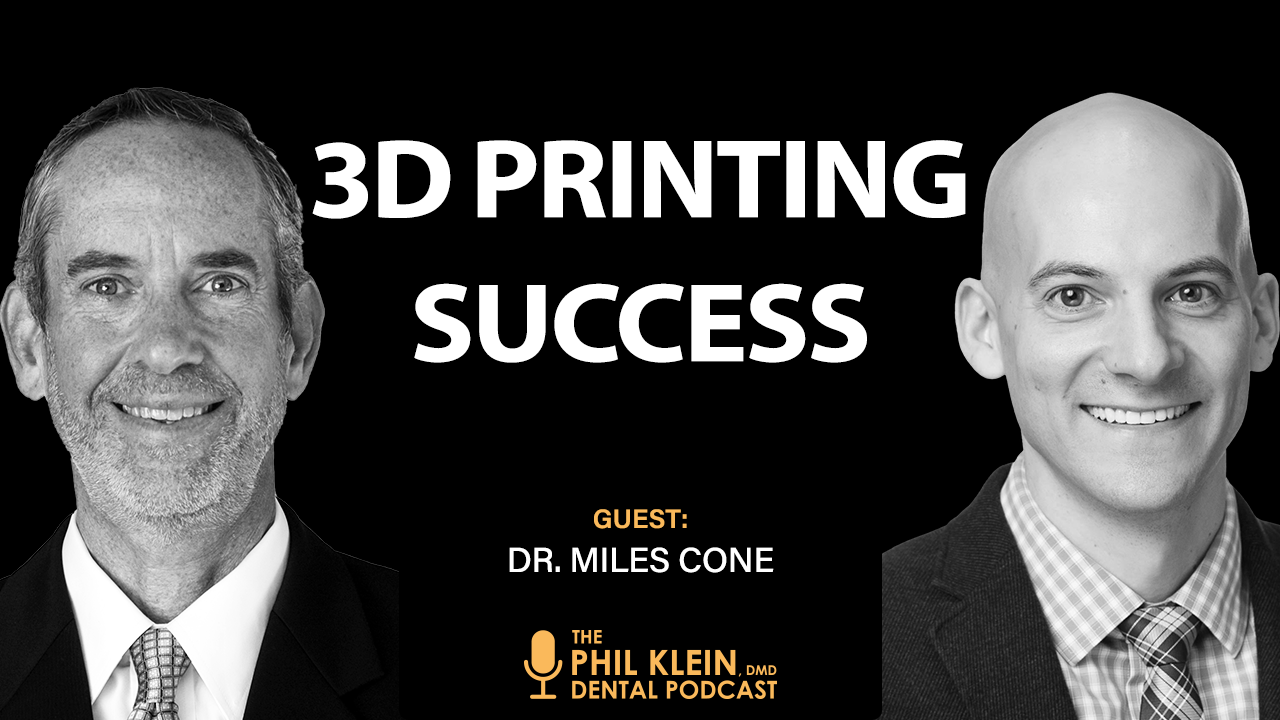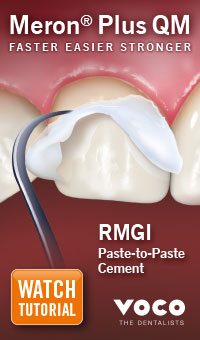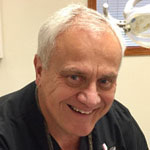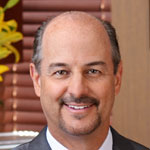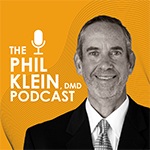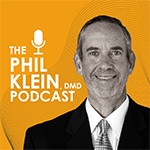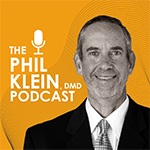This CE webinar discusses micro-esthetic elements that matter most to patients and have the greatest esthetic impact. These elements are achieved with one tool, the Sof-Lex XT Disk, used for multiple functions to mill, sculpt, and add nuance to injection overmolded composite resin restorations. This allows for simplification of the clinical process and practical application and predictability in practice.
Caries has not been vanquished as once predicted. Today with an aging population, increased use of dry-mouth causing medications and the abundance of sugar proliferating the “western diet," our patients are at risk. This CE webinar is intended to be a thought-provoking discussion on how a blend of new and old methods and materials can allow us to create a hedge of protection around our at-risk patients. Clinical tips and brand suggestions will be included.
Caries detection has evolved considerably over the last decade. This CE webinar will cover the newer technologies and clinical assessment processes available to the clinician. Technologies to aid in the fight against caries progression and promote the overall goal of caries prevention will be examined along with the practicality of using such protocols and products. This CE webinar will also examine the clinician's role and responsibility in the fight against caries. Elements such as lack of calibration amongst clinicians within an office setting or institution as well as the the important of a shared philosophy on prevention will be discussed.
This CE webinar focuses on the clinical steps and documented outcomes following atraumatic restorative treatment (ART) and caries arrest measures to address unmet needs among pediatric, adolescent and adult patients. Detailed clinical techniques for expeditious caries debridement, placement of Interim Therapeutic Restorations (ITRs) and implementation of rapid remineralization protocols by members of the dental team will be presented.
The key to success with any restoration is dependent on utilizing the right technique with the appropriate products. In this CE webinar Dr. Margeas will share his technique pearls, step by step, teaching how to achieve outstanding clinical results with composites, implants and crowns.
Infections and outbreaks affect your staff and patients, and can harm your practice’s bottom line and reputation. Consequently, it is important to develop a robust infection control plan and follow regulations.
In the second part of a two-part CE webinar series on infection control best practices in the dental office presented by Dr. Karson Carpenter, participants will learn about:
• Infection control strategies
• The role of contaminated surfaces and equipment in pathogen transmission
• Surface disinfectant composition and its effect on surface compatibility
• Cleaning and disinfection best practices inside and outside the operatory
The quest for biofriendly, regenerative, durable, aesthetic restorations has come a long way in the last few years. We all seek materials that are easy to place with excellent clinical performance even when the oral environment is less than ideal. New regenerative materials not only offer clinical performance but also reduce bacterial microleakage while releasing the bio-stimulating ions calcium, phosphate, and fluoride.
Instrument safety and efficiency are components of our decision making process when choosing endodontic nickel titanium files for clinical use. In this CE webinar, Dr. Nasseh will discuss the role that instrument design and motion play in promoting safety while generating excellent outcomes. It will specifically address the role of instrumentation motions such as rotation vs. reciprocation and will describe the best ways to optimize each motion. Additionally, the best indications for use and contraindications for each motion will be fully discussed and demonstrated. After completing the CE webinar, participants will have a better understanding of instrument design, motion, and the various techniques for optimizing safety during root canal instrumentation.
This CE webinar will provide a common sense approach to selecting and administering dental anesthetics. Key components such as how to reduce patients’ anxiety and calming strategies will be given to transform the clinical setting into a more welcoming environment. The psychology of pain will also be discussed along with techniques for hard-to-numb patients. Create more predictability in your anesthetic outcomes, reduce your stress, and allow patients to leave with a better feeling.
Despite caries risk assessment and therapeutic tools such as fluoride that have been in use for decades, dental caries remains a significant problem in many populations. The ADA Caries Classification System (ADA CCS) was published to classify all stages of caries lesions and to help discern when surgical restoration versus chemical remineralization is likely needed. Silver diamine fluoride (SDF), a unique chemotherapeutic agent used with or without glass ionomer cement (GIC), may well bridge the gap between remineralization and traditional restoration, especially in certain populations and situations. This CE webinar will review the science and proper placement of SDF and GIC restorations.
Every day we are challenged with patients that have worn, broken or diseased anterior teeth. How will we restore them? Will they want a usual or customary result or will they be seeking something more superior? Are you giving your patients the option and do you know how to achieve the latter? Learn from the originator of the Simple, Less Simple and 3D characterized Layering system for anterior composites. An overview of the starburst bevel, matrix, various layering techniques and finishing & polishing will be discussed. With these four parameters you can achieve restorations that rival porcelain. Join us for this one hour CE webinar to see and understand composite artistry.
In this webinar you will learn a clinical approach to a fully esthetic solution using ceramic brackets while avoiding occlusal interference.
Learning Objectives:
• Review steps to follow to avoid occlusal interference in cases that have ceramic brackets on upper and lower arches
• Discuss approaches to challenging treatment cases using ceramic brackets, including deep bites and open bite
From 4th generation adhesives to the latest innovations in universal adhesives, Dr. John Burgess will walk you through the evolution, differences and clinical performance.
As a dentist, personal trainer, and fitness nutrition specialist, Dr. Geissberger brings a unique perspective to the subjects of caries, diet, and the oral environment. Through this follow-up CE webinar on the effects of an acidic oral environment, Dr. Geissberger will review several conditions commonly found in an acidic oral environment and discuss different strategies patients must employ to alter this devastating condition.
John Heimke DMD will discuss state of the art Digital Smile Design concepts for smile makeovers. He will describe in detail from the consult, to planning, and to treatment how high-end smiles are created via porcelain veneers and dental implants.
Hiring quality employees is not unlike providing quality dentistry. Dealing with problem employees is why most dentists do their best to avoid it. Both require a plan, use of the right tools and a methodical process. Learn how to improve your human resource skills.
It is well understood that half of American adults have periodontal disease and that number rises to over 70% in the elder population. This information, combined with the fact that only 12% of people floss regularly, suggests that current strategies to control gingival inflammation have not been effective at a population level and renewed efforts are necessary. In this CE webinar, Dr. Jonathan B. Levine presents the facts, the science and current status on the silent epidemic of oral-systemic health.
The goal of this CE webinar is obtaining undetectable anterior and posterior composite restorations with ease, while bonding them with predictable confidence.
Patient and industry demands are continually pushing the evolution of orthodontics with the use of aligner therapy. With new advancements in acceleration, orthodontists are now able to provide excellent aesthetic and functional results that are more predictable, reproducible and lasting. In this webinar, Dr. Malagon will show several aligner cases using AcceleDent, which delivers vibrational forces that help ensure optimal points of contact with the teeth and the aligner. This maximizes the aligner force expression, thus achieving more predictable results. Dr. Malagon shows how using AcceleDent helps create a more favorable biological response for predictable and lasting tooth movement, ultimately supercharging his aligner results.
Tired of having cancellations? Afraid of having your work week shortened due to no shows? This CE webinar will help you enhance your value to the practice despite the inevitable cancellations. You will learn new techniques to increase hygiene revenue, expand your quality time with a patient, and better manage patient schedules.
Infections and outbreaks affect your staff and patients and can harm your practice’s bottom line and reputation. Consequently, it is important to develop a robust infection control plan and follow regulations.
In the first segment of a two-part CE webinar series on infection control best practices in the dental office presented by Dr. Karson Carpenter, participants will learn about:
• Cross contamination risks in dentistry and the costs associated with infections and outbreaks
• Key guidelines, rules and regulations relating to infection control
• Strategies to prevent and control infection in dental settings
• The importance of hand hygiene
Today's restorative dentists need to enhance their cosmetic skills in order to achieve growth and profitability in their practices. This CE webinar will demonstrate a simplified method of restoring the fractured maxillary anterior central incisor with composite resin.
There is no question that material advancements have ushered in a new era in post and core technology. Fiber, resins and adhesives have replaced traditional metallic posts variations and the simple luting protocols formerly used in delivery. This CE webinar aims to demystify what is considered the “modern paradigm” in post and core placement.
Which material is best for each clinical application? Do I need to bond or can I cement? What is the best cement to use for each material or type of restoration? Are there any special handling or preparations that should be used with each material? This CE webinar will cover the important details and try to answer those questions about the new ceramics and their cementation.
Dental sealants are a staple for caries prevention but little has been done to update or upgrade their physical characteristics. In addition, they often appear to be deceptively simple to use and place. In reality, many of the complex bonding parameters influencing direct composite resin restorations affect the retention and longevity of pit and fissure dental sealants. This CE webinar will review evidence of dental sealant use and describe the critical parameters for long-term sealant retention. A newly developed technology will also be described as a novel and effective platform for promoting sustained enamel remineralization from a pit and fissure dental resin based dental sealant.
In this CE webinar, the student will learn:
• The indications and contraindications for vital pulp therapy
• What materials bioactive materials are available for pulp capping
• What does the research tell us about pulp capping success
Packed with dozens of ideas, this CE webinar will cover the process of providing indirect restorations from beginning to end and is sure to provide many pearls to make your clinical life easier and more enjoyable. See the principles that will allow you to do a better single-unit posterior crown or multiple aesthetic restorations.
The following 1 hour CE webinar focuses on key diagnostic principles to effectively diagnose periodontal disease. With this information, you and your hygiene team will be able to create an enhanced periodontal therapy protocol. This will be a winning move for your patients and your practice. You may wish to invite all team members to join this event! We will discuss the history of anesthesia, risks/benefits, available alternatives to today's anesthetic options and the science behind pain. In addition, to decrease your hygienist's phobia to getting their patients' numb, we will discuss a new needle-less option that is available. This CE webinar is sure to inspire you and your hygiene team! Join us.
Prepping a crown with a bur spinning near 400,000 RPMs can be rather daunting. But do we as dentists really understand how to properly use and benefit from the burs we select? This CE webinar will offer a straightforward approach to preparing teeth that is predictable while maximizing the cost effectiveness of diamond burs. Current ceramic restorative materials and their distinctions will also be reviewed.









